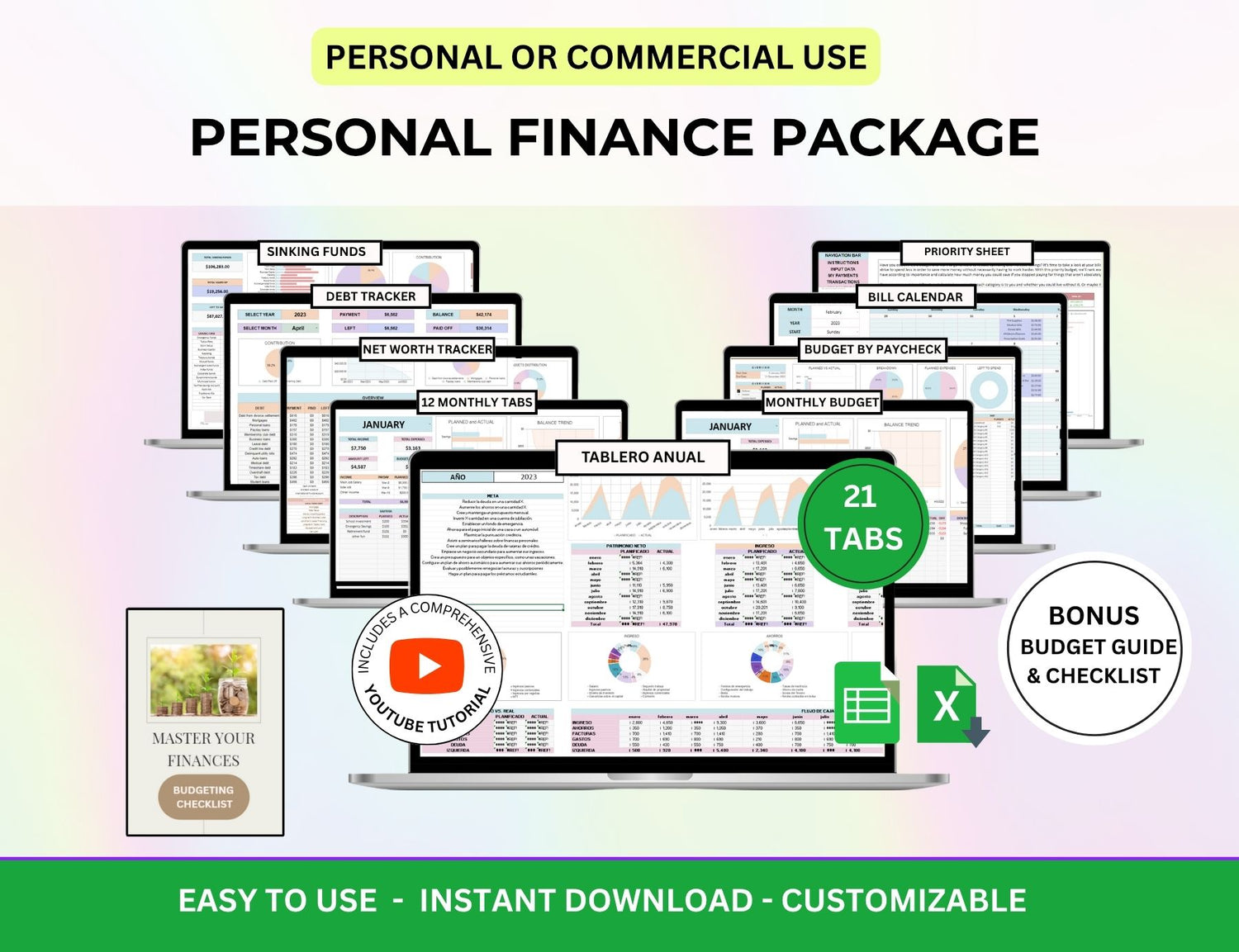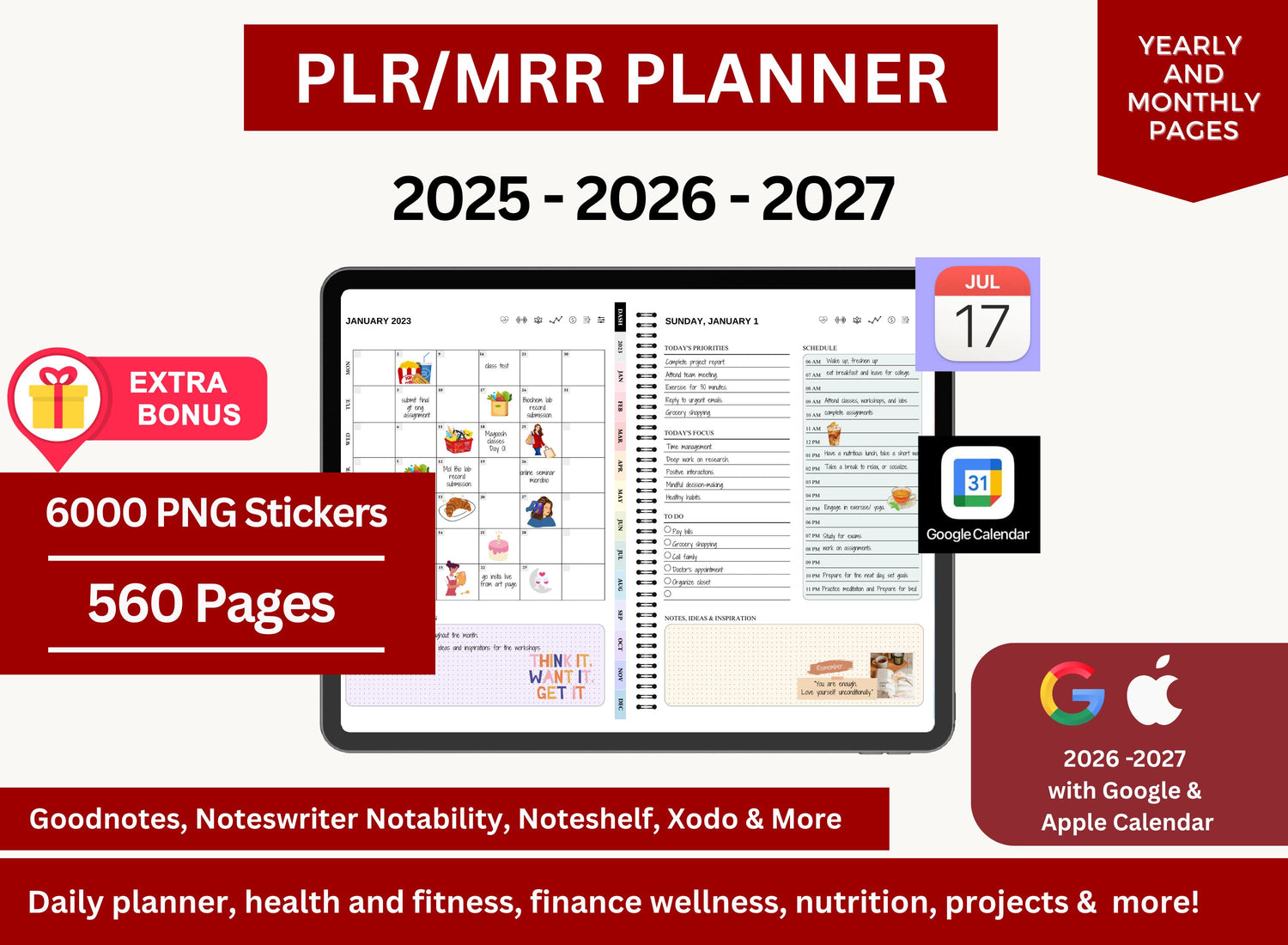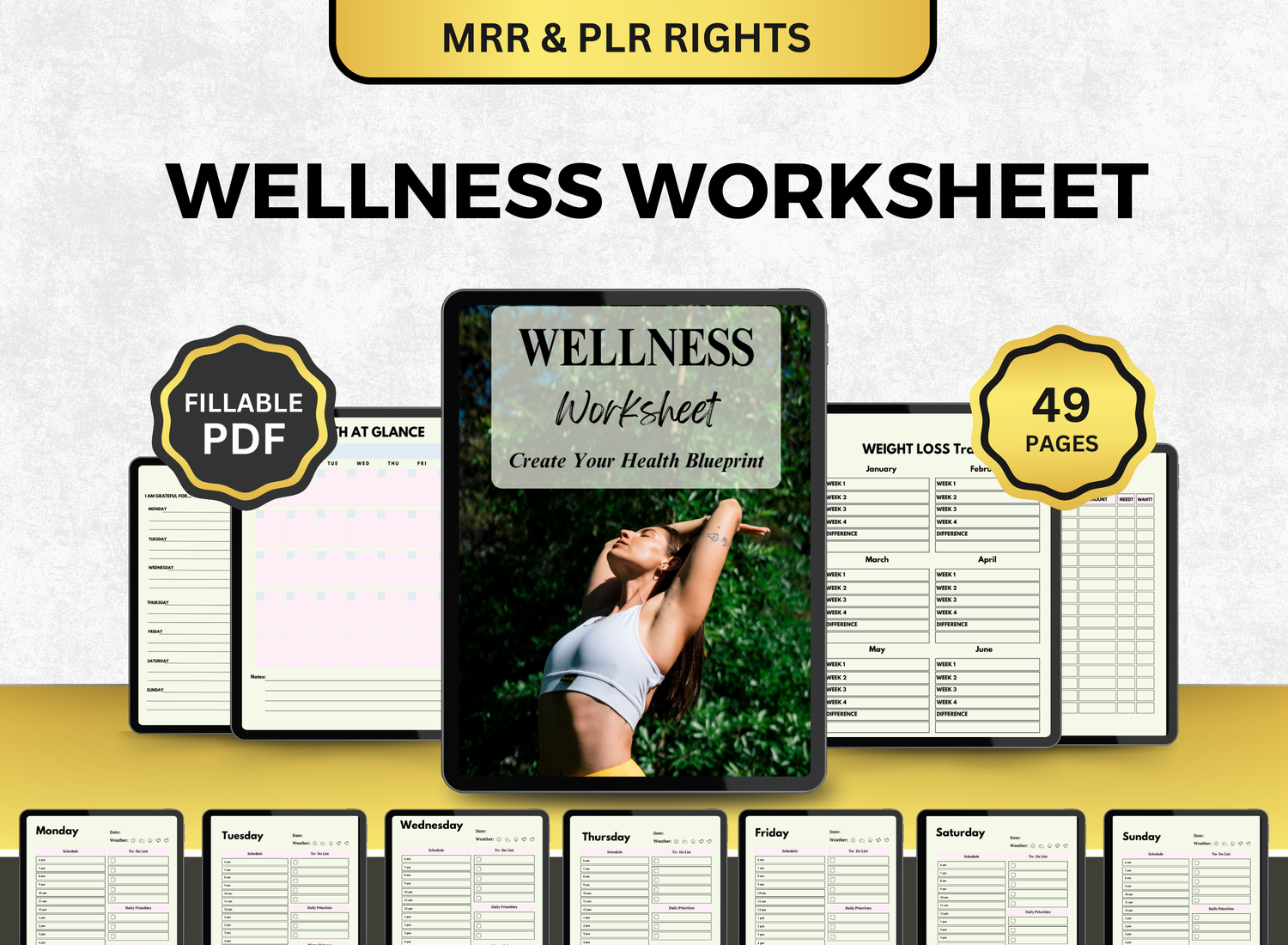How to Create a Couples Budget Tracker in Google Sheets
It may be both enjoyable and difficult to manage finances as a partnership. Whether you're attempting to keep up with everyday costs, saving for a house, or organizing a trip, a budget tracker can help you reach your financial objectives. Google Sheets is one of the greatest resources for creating a budget tracker for a couple. In addition to being easily customizable and available for free, it also facilitates real-time communication.
We'll take you step-by-step through the process of making a productive Google Sheets spreadsheet for a couple's budget. You will be able to create a couples budget planner that keeps track of your earnings, outlays, savings, and other things at the end of this article. Come on, let's begin!
Page Contents
☰👫Why Use Google Sheets for a Couples Budget Tracker?
Google Sheets offers several advantages when it comes to creating a couples budget:
- Free and Accessible: Google Sheets is available from any internet-connected device and is free to use.
- Real-Time Collaboration: Maintaining agreement is made simple by the fact that both partners can view and edit the budget at the same time.
- Customization: The budget can be modified to meet your own financial objectives and tastes.
- Data Tracking and Visualization: With Google Sheets, you can monitor your financial situation over time and generate charts and other visual representations to assess how you're doing.
- Automatic Calculations: Formulas can be used to compute balances, totals, and other important numbers automatically.
With these benefits in mind, let's dive into how you can set up your couples budget template in Google Sheets.
📝Step-by-Step Guide to Creating a Couples Budget Template in Google Sheets
Step 1: Set Up Your Google Sheets Document
- Open Google Sheets: Go to Google Sheets and sign in to your Google account.
- Create a New Spreadsheet: Click the “+ Blank” button to start a new document.
- Name Your Spreadsheet: At the top of the screen, click “Untitled Spreadsheet” and give your budget tracker a name, such as "Couples Budget Tracker".
- Share the Document: Share the sheet with your partner so that you both have access to update and view the tracker. Click the “Share” button in the top right corner, enter your partner’s email address, and choose the appropriate sharing permissions.
Step 2: Create the Basic Structure of Your Couples Budget Tracker
Creating the basic structure is the first step in making a spreadsheet for your couples budget. The following are the sections you should include:
1. Income Section
All of your revenue sources will be tracked in this section. The amount of money coming in each month can be seen by adding columns for the income of both partners.
Columns for the Income section might include:
- Date: The date the income was received.
- Source: The source of the income (e.g., salary, freelance work, rental income).
- Partner 1 Income: The amount of income from Partner 1.
- Partner 2 Income: The amount of income from Partner 2.
- Total Income: A formula to sum Partner 1 and Partner 2’s income.
2. Expense Section
You will then require a section for keeping track of your spending. Usually, expenses are separated into two categories: variable (which fluctuate) and fixed (which remain constant).
Fixed Expenses:
- Rent/Mortgage
- Utilities (electricity, water, internet)
- Insurance (health, car, home)
- Loan Payments (student loans, car payments)
Variable Expenses:
- Groceries
- Transportation (gas, car maintenance)
- Entertainment (movies, dining out)
- Miscellaneous (gifts, unexpected purchases)
Columns for the Expenses section might include:
- Category: The category of the expense (e.g., rent, groceries, entertainment).
- Partner 1 Share: The amount of the expense paid by Partner 1.
- Partner 2 Share: The amount of the expense paid by Partner 2.
- Total Expense: A formula to calculate the total expense for each category.
3. Savings and Investments Section
Any investments or savings made by both partners are tracked in this area. It assists you in visualizing your financial objectives, including retirement, vacation, and emergency fund savings.
Columns for the Savings and Investments section might include:
- Date: The date the savings or investment was made.
- Category: The savings or investment type (e.g., emergency fund, retirement account).
- Partner 1 Contribution: The amount Partner 1 contributed.
- Partner 2 Contribution: The amount Partner 2 contributed.
- Total Savings: A formula to sum both partners’ contributions.
4. Debt Section
You should keep track of any unpaid debts that you or your spouse may have. This section shows you how much you owe and how far along you are in repaying the debt.
Columns for the Debt section might include:
- Debt Name: The name of the debt (e.g., credit card, student loan).
- Total Debt: The total amount of debt.
- Payment Made: The amount paid toward the debt each month.
- Remaining Balance: A formula that calculates the remaining balance.
5. Summary Section
A financial overview is given in the summary section. It enables you to view your total earnings, total outlays, savings, and balance. You'll get a quick overview of your financial situation from this.
Columns for the Summary section might include:
- Total Income: A formula to sum the income for both partners.
- Total Expenses: A formula to sum all the expenses.
- Total Savings: A formula to sum all the savings contributions.
- Remaining Balance: A formula to subtract total expenses from total income.
Step 3: Add Formulas to Automate Calculations
You can use formulas in Google Sheets to automatically compute balances, totals, and other important numbers. You should include the following crucial formulas in your couples budget tracker template:
-
Total Income: Sum the income from both partners.
- =SUM(Range of income data)
-
Total Expenses: Sum all the expenses.
- =SUM(Range of expense data)
-
Remaining Balance: Subtract total expenses from total income.
- =Total income - Total expenses
-
Total Savings: Sum all the savings contributions.
- =SUM(Range of savings data)
Step 4: Visualize Your Budget with Charts
Creating charts that might aid in the visualization of your financial data is simple with Google Sheets. Putting your budget into visual form might help you better understand how your funds are being spent.
How to Create a Pie Chart for Expenses
- Select the data you want to chart.
- Go to Insert > Chart.
- Choose Pie Chart as the chart type.
- Customize the chart to reflect different expense categories (e.g., rent, groceries, entertainment).
How to Create a Line Chart for Savings Over Time
- Select your savings data.
- Go to Insert > Chart.
- Choose Line Chart to track your savings progress over time.
Charts help you quickly identify where your money is going and make it easier to spot areas where you can cut back.
Step 5: Regularly Update Your Couples Budget Tracker
It's critical to update your couples financial planner on a frequent basis to maintain accuracy. Establish a weekly or monthly update schedule for your budget that includes new earnings, expenditures, and savings contributions.
Tips for Maintaining Your Budget Tracker:
- Review your budget together: As a pair, schedule time to go over your budget spreadsheet. This guarantees that both partners can make the required changes and are in agreement.
- Categorize everything: Be specific about your categories to avoid confusion later on.
- Track progress: Utilize the charts and summary section to track your progress toward debt reduction and savings objectives.
📲We’ve Got More Tips for Couples Budgeting Using Google Sheets!
1. How to make a budget spreadsheet for couples?
╰┈➤ˎˊ˗ Open a new Google Sheets document to get started. Make tabs for "Monthly Budget," "Income," "Expenses," and "Savings Goals." Under the "Monthly Budget" tab, enumerate the sources of income for each partner and add them together at the top. Make separate categories below for both individual and shared expenses, including personal spending, utilities, groceries, rent, and subscriptions. To compute balances and totals automatically, use formulae. For clarity, color-code individual and joint spending. The templates in Google Sheets can also be used as a starting point.
For a more in-depth tutorial, you can check out our full article for creating a budget planner for couples!
2. How to set up a budget as a couple?
╰┈➤ˎˊ˗ First, have a conversation about your income, present expenses, and financial aspirations. Choose what is personal and what is shared. Decide on spending limitations and savings goals. After that, enter this information in your spreadsheet. To keep track of donations and expenses, use distinct columns for every partner. Weekly or monthly check-ins help guarantee that everyone remains in sync and makes any necessary corrections.
3. Is Google Sheets safe for budgeting?
╰┈➤ˎˊ˗ Yes, using Google Sheets for budgeting is generally safe, especially for home and personal use. Because its based online, your data is automatically stored and available from any device. Use two-factor authentication and create secure Google account passwords to improve security. Refrain from providing private information such as Social Security numbers or bank login credentials.
4. How do you split expenses as a couple?
╰┈➤ˎˊ˗ Couples might divide their expenses in a few ways. You can divide equally, or according to each partner's income, or 50/50. For instance, if one spouse makes 60% of the total income, they may be responsible for 60% of the spending. Try a variety of approaches with your Google Sheets budget to determine what seems equitable. Most importantly, both partners must believe that the agreement is fair and open.
🔎Frequently Asked Questions (FAQs)
1. Can we track multiple accounts in the same budget tracker?
╰┈➤ˎˊ˗ Yes, by adding extra columns for each bank account, credit card, or investment account, you can keep track of more than one.
2. How do we manage irregular or annual expenses?
╰┈➤ˎˊ˗ You can allocate money for sporadic or yearly expenses on a monthly basis by creating an additional category or account for them and dividing the annual total by 12.
3. Can we track our credit score in this budget tracker?
╰┈➤ˎˊ˗ Although the primary focus of this budget tracker is budgeting, you can readily include a column to monitor your credit score and other monetary indicators such as net worth.
4. Is there a way to set reminders for bills or expenses?
╰┈➤ˎˊ˗ You can set up alerts in Google Calendar or utilize apps like Google Keep to alert you of impending payments, even though Google Sheets doesn't provide direct reminder notifications.
5. Can we access the couples budget Google Sheets on our phones?
╰┈➤ˎˊ˗ Yes! Since Google Sheets is cloud-based, you can access your budget on any device with internet connectivity, including mobile phones.
One of the best ways to keep your spending organized and on track is to create a couples budget tracker in Google Sheets. This post will show you how to modify your couples budget worksheet to fit your own financial objectives. Maintaining financial control and making well-informed decisions together can be achieved by routinely updating and evaluating your budget.














